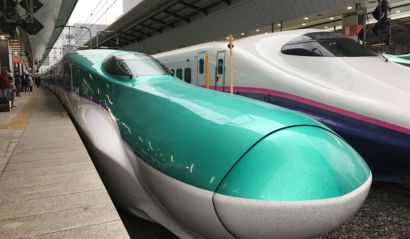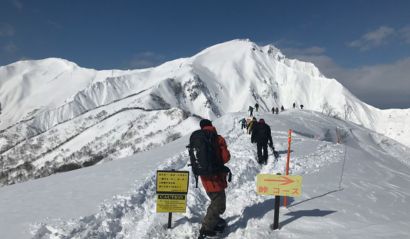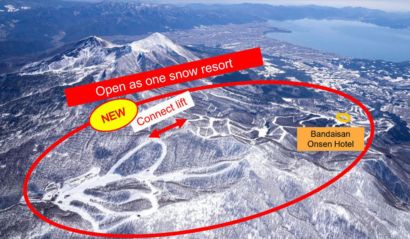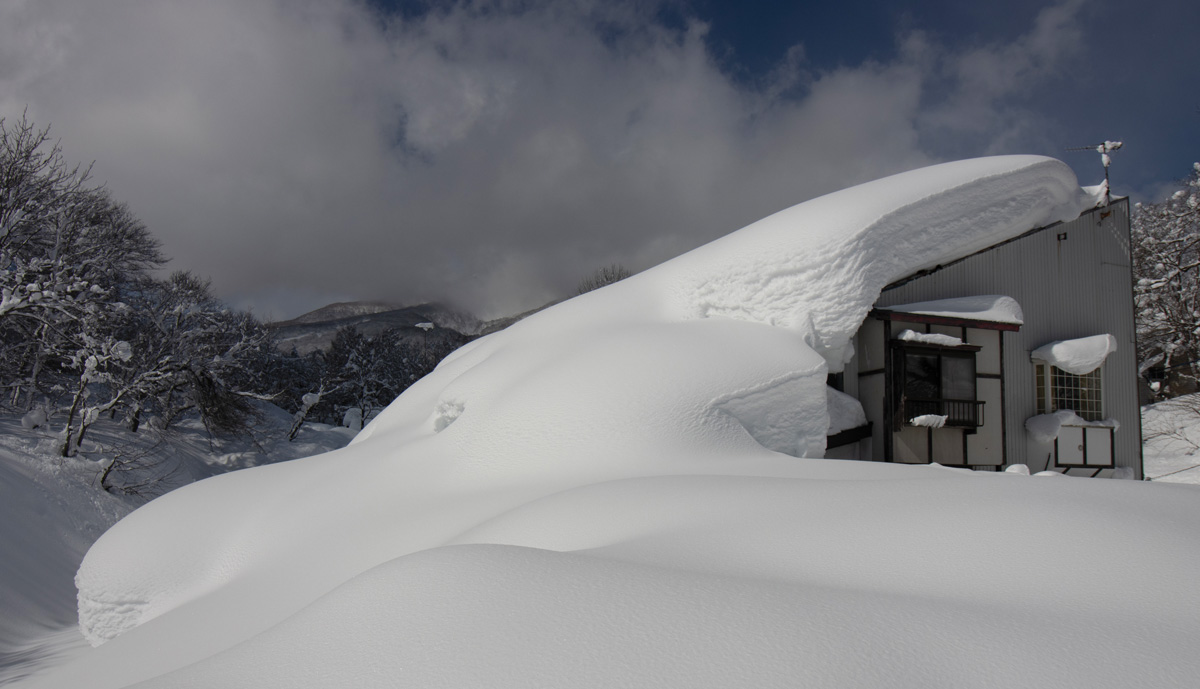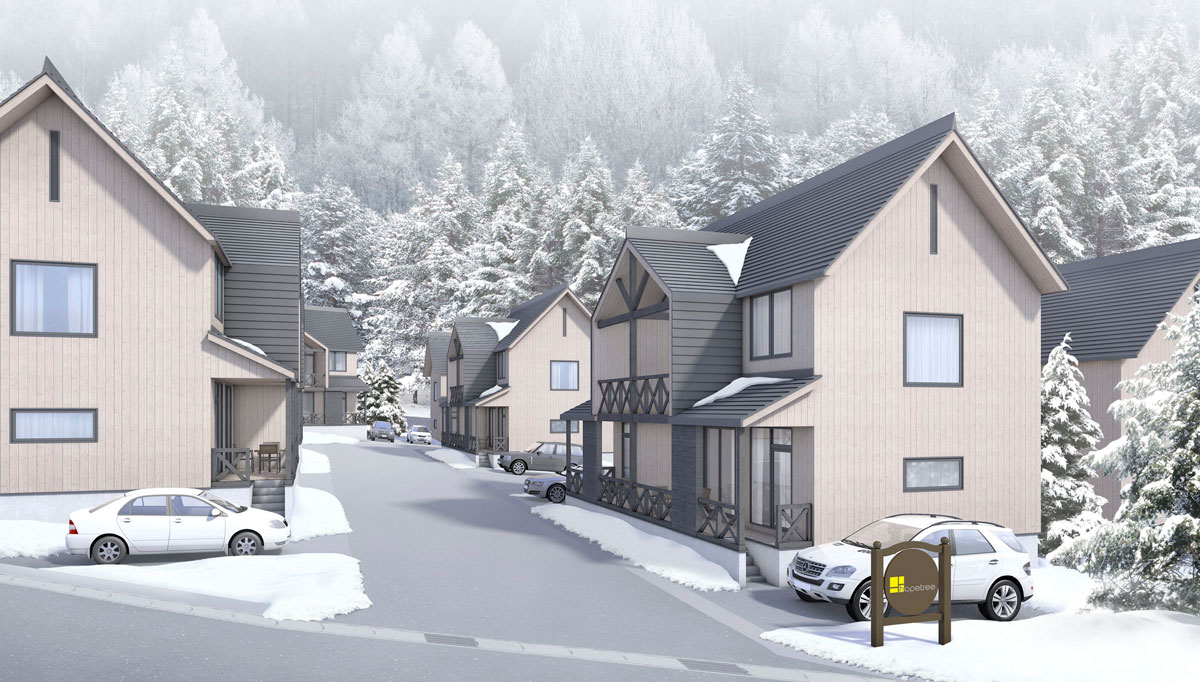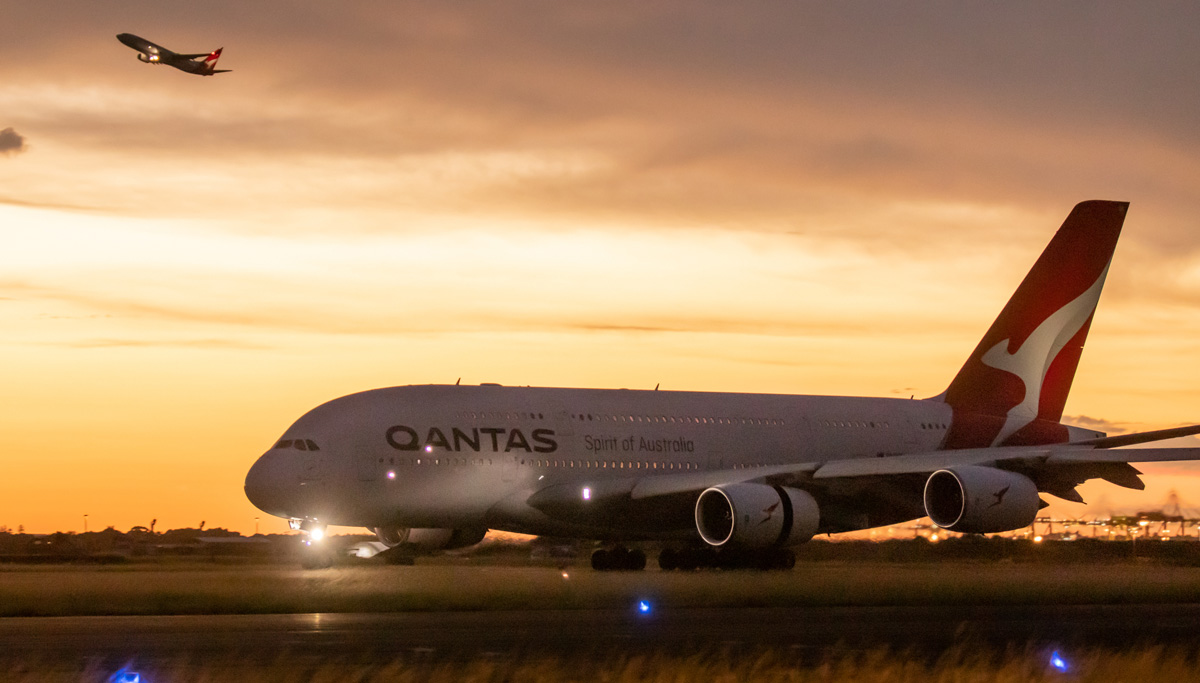Hakuba opens up the Tsugaike backcountry
“The freedom of the hills is a small fight in the overall movement for social rights and liberties throughout human history, yet big boards are needed once the battle is won” says Dave Enright, Hakuba’s back country legend guide and founder of Evergreen Outdoors.
True enough, and eternal vigilance against those who ignore the rules and basics, endangering themselves and others, despite all the hard work put into opening more terrain for us all by Dave and the team at Japan Avalanche Specialists.
This was our cover story feature from our 2015 Travel Bible issue on how they opened up and managed the Tsugaike back country, giving visitors to the valley that’s the core of Main Island skiing a whole new set of options.
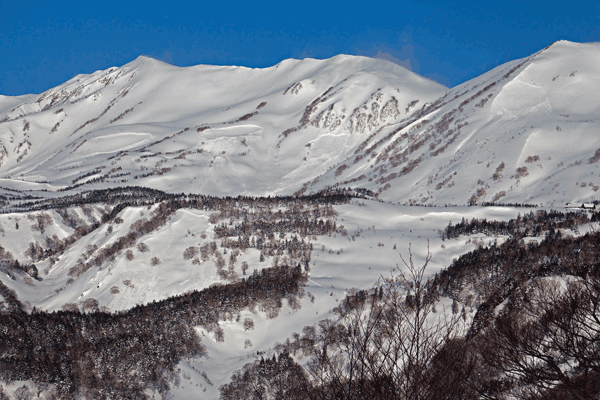
Raised on the West Coast of Canada, steep trees and plentiful powder snow were no strangers to me, but on arrival to Japan’s Northern Alps over 20 years ago I was introduced to steep new mountains covered in old growth deciduous forest, laid thick with a deep covering of perfect density powder snow.
The crux – most of it was off limits to myself and every other soul rider and lover of fresh lines. At first I was unable to understand the reasoning behind the restrictions, but time and patience gave way to an understanding that the safety minded locals were similar to the West in their desired end results, but differed in their means to achieve this goal.
Eliminate hazard and thus you eliminate danger.
The concept is easy, and was the same across both cultures, but the method differed greatly from what I had grown to know as truth in Canada. It was a different style of control than I was used to. A control of the public rather than an attempt to control the mountain. Where we in Canada would throw sticks of dynamite to mitigate avalanche hazard the Japanese used sticks of bamboo to mitigate avalanche hazard. Bamboo and rope lines to keep the general public out of hazardous winter mountain terrain. Both methods try to reduce the actual and perceived risk of riding off piste, but only one method actually allows for it.
It took four years of patrolling in the Otari mountains before I was able to actualise my dream of freeing the powder in those hills and opening up those snow laden deciduous forests to other powder loving skiers, snowboarders and telemarkers at what has become a household name to freeriders around the globe – Hakuba Cortina.
It has been my goal ever since to continue on this quest of opening mountains in Hakuba and Japan in general. There have been other victories along the way, but the most recent and rewarding of those in over 20 years of crusading for the safe enjoyment of in-bounds off-piste riding was just this past northern season.
That victory came with the start of an avalanche mitigation program and opening of off piste terrain at Tsugaike Kogen, which lays between Hakuba’s prized Olympic mountain, Happo One, and Hakuba’s powder capital, Hakuba Cortina Kokusai.
It started with a dream and then a proposal to the Otari Village office and the three Otari Winter Resorts five seasons ago, in rebuttal to the Hakuba Local Rules, which were once again a set of regulations to control the public, and not an attempt to control, what I and others saw as the problem, avalanches.
Four years later I was asked by Tsugaike to reissue the report created by American Avalanche Association professional Bill Glude and myself to them with a Tsugaike specific program.
So it was back to redrafting the proposal and looking into licensing for the use of dynamite for the mitigation of avalanche hazard, which I asked the assistance of ACT (Avalanche Control Team) co-founder and Director, Koji Motomura.
In short the program was approved after many meetings between Tsugaike and Evergreen Outdoor Center Directors, and it was straight to work with gaining approval from the local authorities, gaining the needed licensing for explosives use, and assembling a team of professionals to assist in the creation of the Japan Avalanche Specialists.
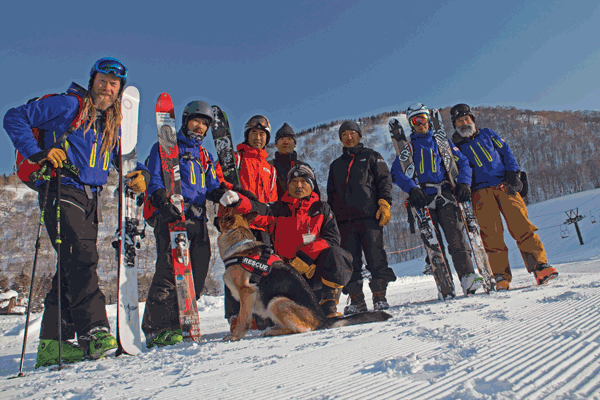
By December we were in position to begin avalanche control work with the coming of the snow. Our first and greatest job was to get intimate with the terrain, which produced a greater challenge than was expected.
This was supposed to be the fun part of the job, skiing and exploring the terrain that the JAS team had blasted and ski cut to reduce or eliminate risk to ski hill clients and staff using the beginner terrain that traversed the mountain from the southern slopes of the Hanoki area to the East facing slopes of the Shirakaba area.
The Tsugaike patrol were, at first, less than cooperative in providing JAS members access to the areas in which we not only needed to do ongoing avalanche mitigation work each morning, and sometimes through the day, but also were intending to open to the public later that season.
This resulted in slow progress towards our teams full memorisation and mapping of the area’s terrain and timely completion of creating an all encompassing off-piste program, which included JAS member safety, creation of avalanche hazard mitigation routes, explosive control shot points and cover locations, ski area client and staff safety, signage of managed and non-managed terrain, off piste area management and rescue procedure.
The newly assembled team of avalanche and explosive professionals from Canada, Alaska, Colorado and Japan worked hard and long days that started at 05:00 and finished at 15:00 with a meeting between JAS and Tsugaike resort manager and a daily wrap up mail at around 17:00 each day from team member Doug Krause, past Snow Safety Director at Silverton Resort, Colorado.
Not to mention 04:00 weather and stability reports by Bill Glude, and late nights by myself put into program logistics and planning.
A day in the life of a Japan Avalanche Specialist member consisted of an early morning drive to the base of Tsugaike to be gear and mind ready by 05:15, prep the snowmobiles and communicate with the groomers before heading up by snowmobile and headlamps to the top shack to check overnight precipitation, have a morning meeting and create the avalanche mitigation plan for the day. By 05:45 licensed team members were preparing the explosives, and we were back out the door by 06:15 to start on our control routes. The next 2 and a half hours were full of snowmobile lifts, ski cuts, large explosive blasts, and some good sized slides, mixed with some amazing firstlight powder skiing back to the snowmobiles to go another round.
By 08:00 the team had the Shakunage Sunny Side and the Hanoki Homerun areas controlled and ready for the gondola to open and bring clients up the mountain. From then our attention turned to the north facing slopes off of Umanose, ‘the Horse’s Back’ course, and the Buna Bowl area to be checked and avalanche mitigation work done by 09:00, when the Tsuganomori lift was scheduled to open. Often we were able to have control work done before this, which allowed for the lift to be open earlier, or as snow clearing at the loading and top station allowed.
Our greatest concern, throughout the duration of the season, was safety, and one of the most problematic situations we found ourselves facing was people entering into non-controlled areas, and even controlled areas that we had yet to open or were still in the midst of ski cutting. Unfortunately the ‘Poaching’ of closed avalanche terrain is a significant problem at resorts across Japan, the Hakuba Valley and at Tsugaike. There have been 4 deaths inside and just outside the Tsugaike ski area boundaries in the previous 4 seasons.
This year it was our challenge as professionals to stop this trend, and we met this challenge with success. However, with the amount of people still skiing in closed areas and on days of considerable or high avalanche hazard there was still the possibility for an avalanche involvement, especially with the above average snowfall amounts this season.
Over the multiple years that Japanese resorts have just closed all off piste terrain under the premise of avalanche danger people have become numb to the warnings, and a culture of rope ducking has developed.
Some resorts have enforced closures and others have just turned a blind eye to those skiing out of bounds.
This widespread apathy amongst the resorts and the user is not good as it causes a lack of respect, leads to conflict and probable accidents that may have been avoided.
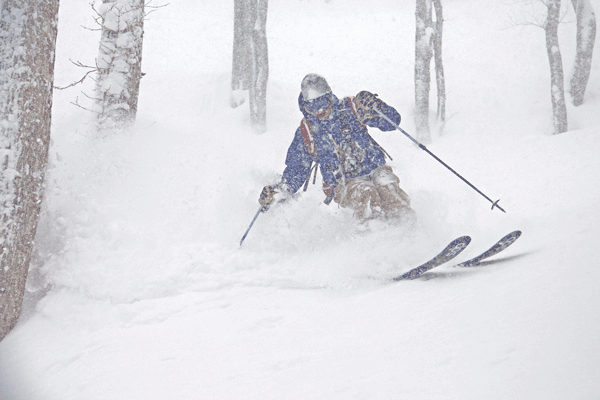
This coming season there is a high probability that the Japan Avalanche Specialists will continue to assist Tsugaike to open more off-piste terrain, and work with patrol to enforce closures so as to reduce poaching and increase safety for the clients and the workers at Tsugaike.
One way we feel we can do this is with the introduction of a BCA beacon gate that would only allow those with avalanche transceivers, the proper gear and a partner to enter the off piste areas right after significant snow falls and times of increased avalanche hazard. As there will also be a Japan Avalanche Specialist there at the gate, to provide area conditions directly to the user, there will be increased communication between the ski resort and the clients to increase understanding of the hazards and safety in off-piste area.
The ‘Tsuga Trees’, ‘Hanoki Homerun’ and the ‘Shirakaba Shots’ off-piste areas will be open for those without the required safety equipment to enter in off the peak on lower angled terrain at Tsugaike. As well avalanche training courses will be made available, at the BCA sponsored ‘Tsugaike Transceiver Training Centre’, after lunch to increase personal awareness of the hazards intrinsic to skiing and boarding in avalanche terrain.
The Hakuba Valley has so much to offer first timers to professionals.
Just ask some of the pros that we have guided over our 15 years of professional experience here in the Japanese Northern Alps. They will tell you that there is no better place than here with pros you can trust.
The program operated for 71 days, used explosives at least 18 days, and triggered over 22 avalanches that were capable of burying or injuring a person.
There were no avalanche burials or injuries during the 2014/15 season. No avalanches affected on-piste skiing during the 2014/15 season. Off-piste terrain opened on February 1 and closed on March 8 for a total of 36 operational days.
The new terrain saw moderate to heavy use on initial post-storm openings and light to moderate use thereafter. Skier numbers increased as community awareness of the new off-piste terrain grew.
As old as the concept of avalanche hazard is the Avalanche Hazard Triangle. There are three ways to mitigate the danger connected to riding the winter mountains, and the Japanese latched on to safest of the the three, don’t go into avalanche terrain, period. The problem with this method is that there will always be people who don’t know the danger and enter into avalanche terrain during times of higher hazard, and then there are those who just don’t care.
There’s really no excuse for not paying attention to safety, and being as aware and prepared as you can be. The gear for going off-piste, inbounds or out, has never been better. In the case of your avi gear, knowing how to use it, practising and learning, should be a no brainer for every aspiring back and side country skier. As should paying attention to and respecting local knowledge and experience.
Snow safety is something you never stop learning, but sadly it’s also something too many never start learning.
There are plenty of excellent programs to improve your knowledge; in Japan contact Dave’s team at Evergreen for details of next year’s dates. There may be some happening dowununder too – we’ll keep you posted online/social media if so. More at www.evergreen-hakuba.com and here https://snowaction.com.au/hakuba-niseko-avi-skills-courses-2015-16/

